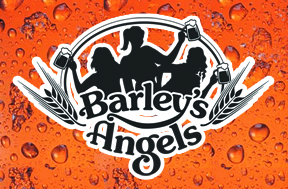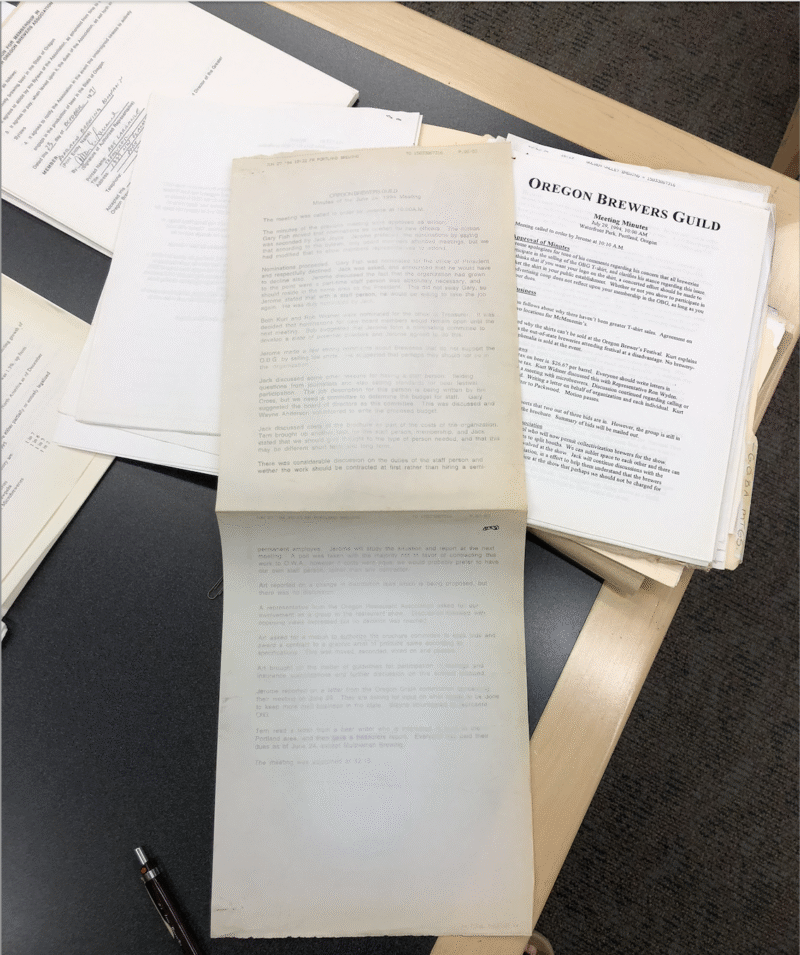Want to know more? Click here for the finding aid.
WHO WAS RUBEN SCHNEIDER?
Ruben Schneider (1915-2012) was an American brewer and brewing industry executive who spent the majority of his career as a technical and operational leader at the Lucky Lager Brewing Company.
Born in San Francisco, California, on January 25, 1915, Schneider earned a Bachelor of Science in Chemistry from the University of San Francisco and pursued graduate studies at the University of California, Berkeley. His brewing career began in 1938 when he joined Lucky Lager as chief chemist. After serving in the U.S. Navy during World War II, he met and married Ruth Fischer (1925-1978) in 1946, and they had four children (Gary, Carol, Bruce, and Diane).
After the war, Schneider attended the Wahl-Henius Institute of Fermentology in Chicago from 1946 to 1947. He returned to Lucky Lager as assistant brewmaster and soon began work supervising the construction of the company’s new 1.2-million-barrel-a-year brewery in Azusa, California, serving as its master brewer from 1948 to 1951. He returned to the San Francisco facility as master brewer and was later promoted to technical director and Vice President of Plant Operations, working under the mentorship of the well-known brewmaster Henry R. Henius (1884-1962).
Schneider was president of the Master Brewers Association of the Americas (MBAA) from 1963 to 1965. In 1958, he helped establish the brewing science program at the University of California, Davis with a grant from the MBAA (Schneider was president at the time). In 1955, as chairman for the American Society of Brewing Chemists (ASBC), he initiated a landmark international study to standardize hop nomenclature. Throughout his work, Schneider emphasized that brewing was an “art… and always will remain a key to our profession,” believing hands-on work was a brewer’s most important experience.
He retired in the early 1970s and they moved to Atherton, California. Ruth died in 1978 and Ruben in 2012 at 97.
The General Brewing Corporation established the first Lucky Lager brewery in San Francisco in 1933, with production beginning the following year. After World War II, Lucky Lager became California’s best-selling beer. To meet growing demand, the company built a second brewery in Azusa, southern California, in 1949. Later, the company established breweries in Salt Lake City, Utah and Vancouver, Washington. In 1958, the brand was acquired by Canada’s Labatt Brewery, which continued to produce Lucky Lager.
WHAT’S IN THE COLLECTION?
The Ruben Schneider Papers document Schneider’s career, with particular emphasis on his work at the Lucky Lager Brewing Company and his engagement with mid-20th-century brewing science and professional industry networks. The collection includes photographs, operational and technical records, correspondence, promotional materials, and published works, dating primarily from the 1930s through the 1970s.
Photographs (1933-1965) depict people, brewing facilities, equipment, packaging operations, and regional breweries across the United States.
Lucky Lager operational records (1933-1972) focus on Schneider’s work at the company, including correspondence, brewing procedures, recipe notebooks, beer quality studies, equipment design notes, and reports from brewery visits in Europe and the United States, documenting the development of recipes, facility design, and operational innovations. Also included are articles written by Schneider, including one that won the National Schwartz Award, which was given for the best technical paper of the year related to brewing.
Promotional materials and professional activities (1940-1972) document Schneider’s engagement with the broader brewing industry. This series includes brewery pamphlets and booklets from U.S. and international breweries, maps and reports on hop production, and documents related to industry organizations, including Schneider’s leadership, conference participation, and technical contributions to the Master Brewers Association of the Americas.
Brewing reference materials (1933-1975) consist of books and technical manuals covering fermentation science, brewing technology, hop cultivation, sanitation and bottling practices, and the economic and historical context of brewing.




